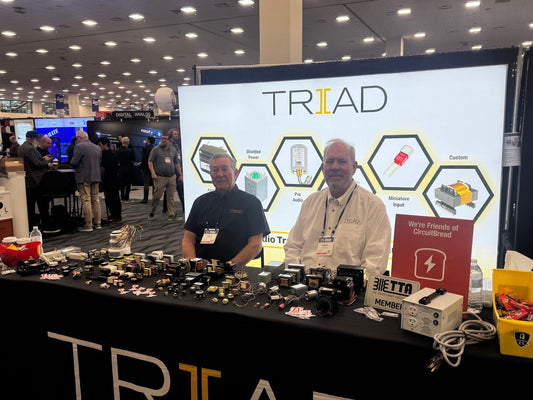"The only way to truly judge minute changes in circuitry is through double blind A/B testing."
How did this myth of the double blind come into the popular culture and why does it still exist?
Myths, mistruths, and misunderstandings with staying power tend to stick around even when they are repeatedly debunked.
Remember the Pepsi Challenge? In this example we have two competing beverages that are clearly different (yet clearly the same—as in cola is cola). According to Pepsi, they are the consistent winners—so much so that Coke decided to make a cola closer to Pepsi called New Coke, one of the classic marketing blunders of all time.
In his book Blink: The Power of Thinking Without Thinking (2005), author Malcolm Gladwell presents evidence that suggests Pepsi's success over Coca-Cola in the "Pepsi Challenge" is a result of the flawed nature of the "sip test" method. His research shows that tasters will generally prefer the sweeter of two beverages based on a single sip, even if they prefer a less sweet beverage over the course of an entire can.
The point of this post is not whether one is better than the other—colas are all bad for you—but simply that it doesn't take blindfolds or rigamarole to tell one from the other. Pepsi and Coke are different.
And for us audiophiles? Same is true. We don't need much more than an experienced set of ears and a decently resolving pair of speakers to discern the difference between amps, preamps, or DACs.
Myths have a way of becoming part of the everyday fabric. But that doesn't mean they are true.









